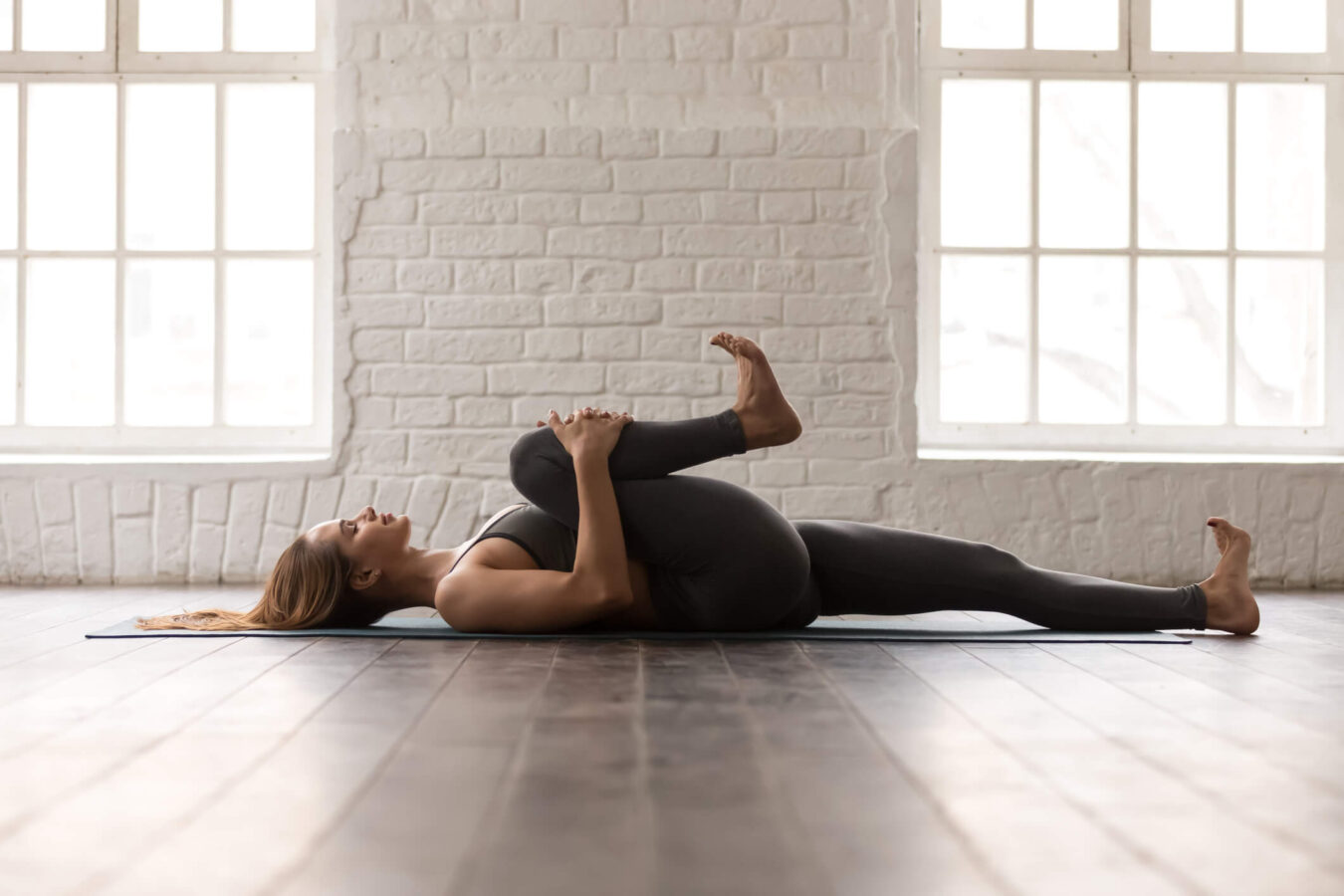
Medically reviewed by Misty Seidenburg
Iliotibial band syndrome (ITBS) is common among people who run, bike, and play certain sports that require a lot of bending. People who sit, squat, or kneel for long periods are also at risk. But this condition doesn’t have to sideline you from activity forever.
In fact, movement is encouraged for people with ITBS. Exercise can decrease knee pain, hip pain, and other common symptoms of IT band inflammation. The key is knowing what exercises are safe, and which to skip so you don’t feel worse.
We can’t discuss safe exercises for IT band pain without briefly exploring the knee’s anatomy. The iliotibial band is a flexible, fibrous tendon that runs along the outside of the leg from the top of the hip bone to the knee. If the IT band is too tense or tight, it may rub against the bone. That friction leads to IT band swelling, irritation, and pain usually felt just above the knee.
Endurance sports and some anatomical traits increase the risk of ITBS. Bowed legs and muscle weakness in the hips, glutes, and abdominal muscles also increase the likelihood of IT band pain. The goal of exercise with IT band syndrome is to avoid the repetitive motions that trigger IT band inflammation while staying active and reaping all the benefits of physical activity.
Request your physical therapy appointment
Experience individualized treatment at one of our premier clinics. Request your appointment with BenchMark Physical Therapy now.
Physical therapy and temporary lifestyle changes are typically the first line of treatment. Research shows that ITBS responds well to conservative therapies. Here are some safe, gentle, and effective IT band exercises and stretches to practice with your physical therapist and at home to relieve symptoms.
Note: Before starting any new fitness regimen, consult your healthcare provider to ensure exercise is safe for your condition.
So, are there any activities you should avoid if you have IT band pain and inflammation? Yes. As a rule, reduce the movements that caused your condition until your physical therapist gives you the okay. These activities and exercises include lunges, squats, running, and cycling.
If they are part of your regular workout routine, ask your PT when and how to resume your favorite activities safely. For example, distance runners may start with a half-mile or mile instead of jumping right back to a 5K, or they may stick to level surfaces and avoid running downhill, which can stress the knees.
Stretching and warming up are always recommended to prevent injuries. Dynamic stretches activate the specific joints and muscles to be used during activity. A static stretch involves moving a single muscle into position and holding it for several seconds. Static stretches are good after activity to reduce stiffness and prevent strains. Someone prone to IT band syndrome should focus on stretching the IT band, hamstrings, hips, and thighs.
Foam rolling helps to reduce pain at the IT band, increase circulation, and promote muscle recovery. Doing this after exercise can help prevent IT band stiffness and pain. Lay on your side with the injured leg resting on the foam roller just below the hip.
Cross the opposite leg out in front of you to help support your body weight (along with your hands.) Roll back and forth in a slow, steady motion from below the hip to just above the knee. Do this for one minute per muscle.
Physical therapists are trained to assist individuals experiencing ITBS pain and stiffness. They incorporate IT band strengthening exercises, IT band stretches, manual therapy, and other modalities to promote healthy alignment and reduce discomfort. Physical therapists also recommend modifications to reduce stress on the knees and hips.
For example, they might suggest lowering your seat when you ride a bike or tweaking your running form to encourage healthy body alignment. They assess your progress over time and adjust your treatment plan accordingly.
Pain provides vital clues about what is happening in the body. Severe pain is a sign that something is wrong. Never try to push through the pain. If the pain is getting worse, dial back your activity and wait to discuss your symptoms with your physical therapist. Pushing too hard can lead to further injury. Find a physical therapy clinic near you.